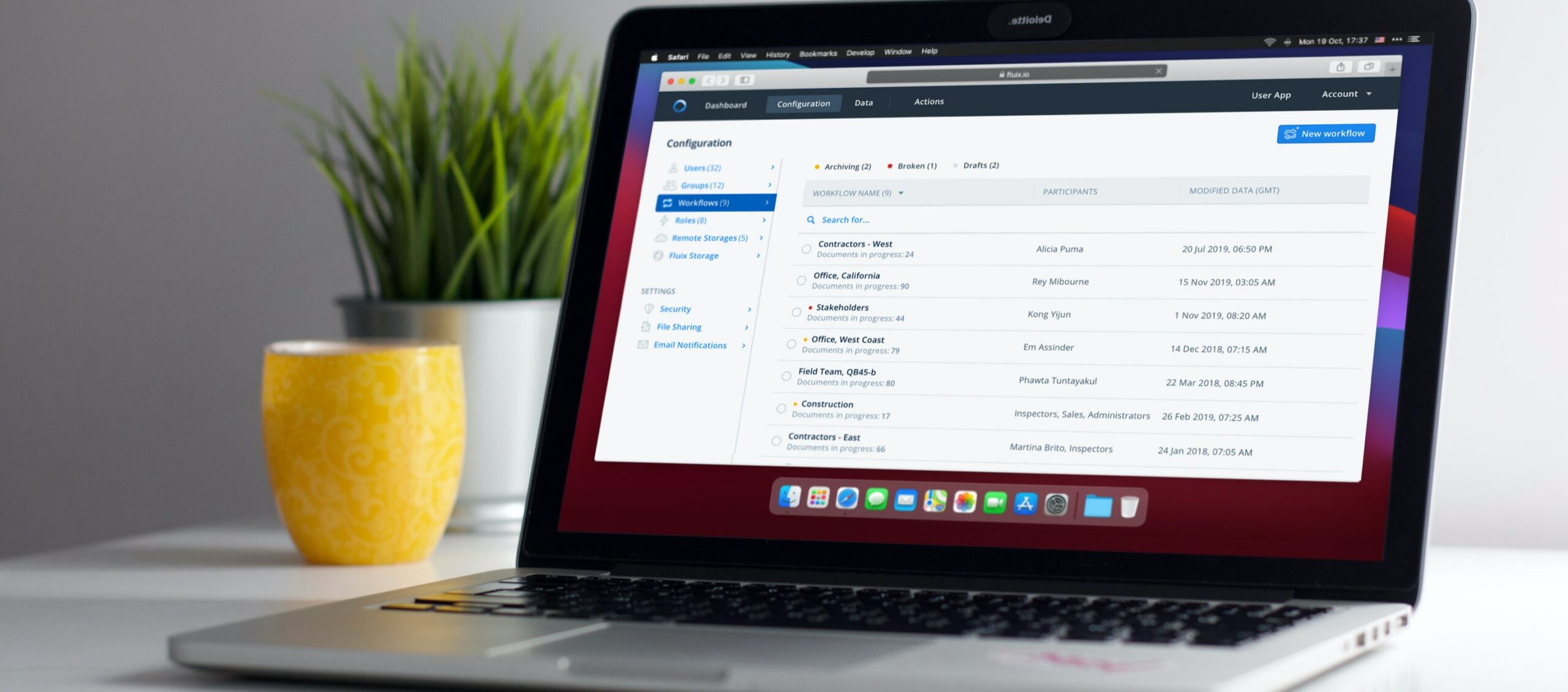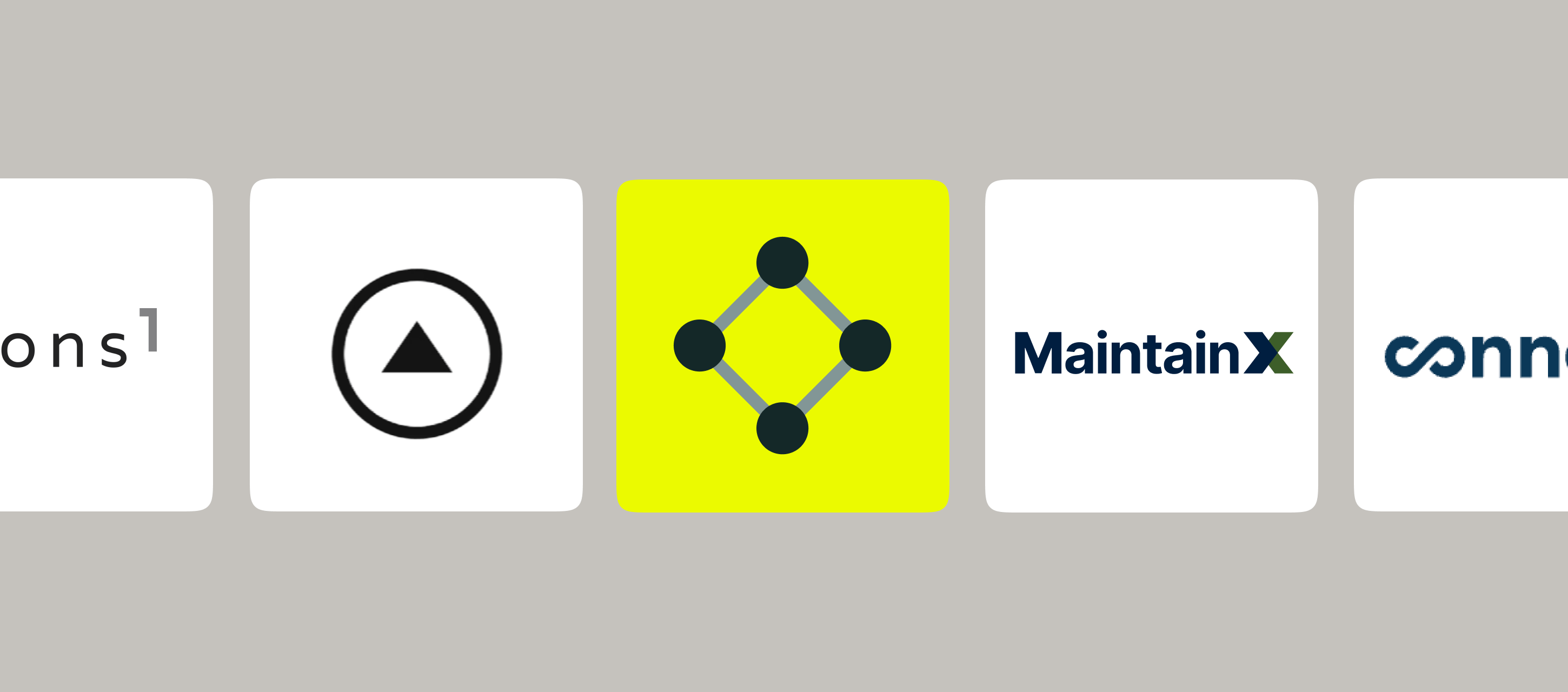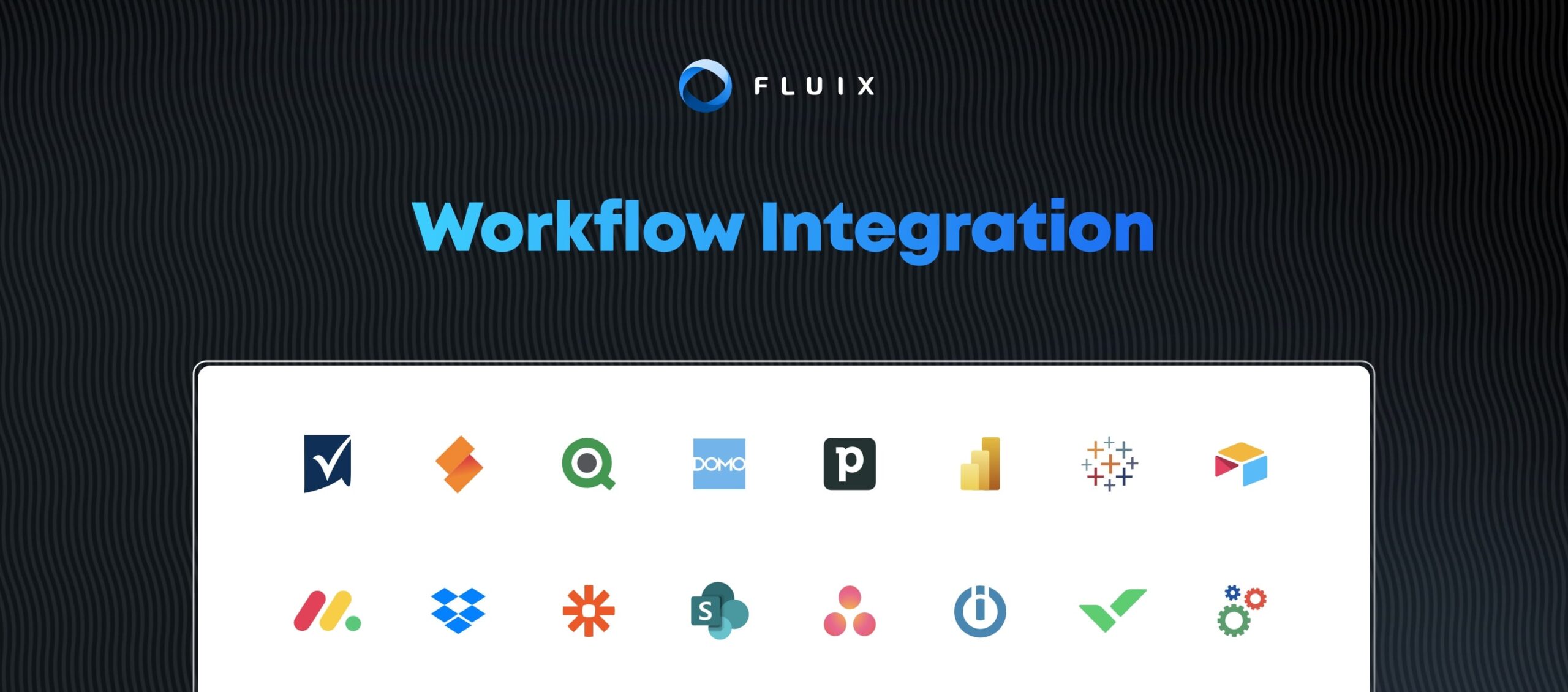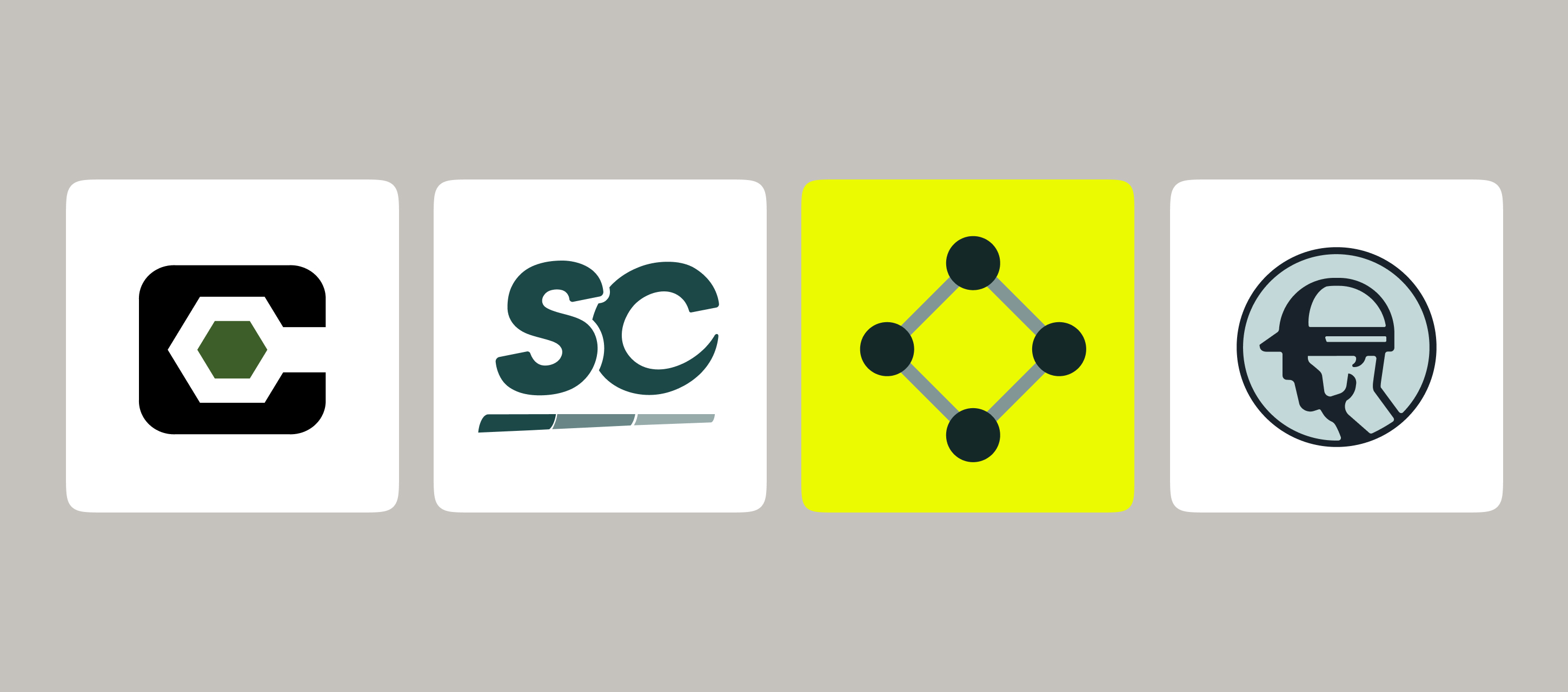Companies first became obsessed with cost-efficiency in the era of the Industrial Revolution. Machinery became a more common staple of work-life, and this continued into modern times. As manufacturing and other industries have progressed, new and more cost-effective ways of doing business have emerged. However, finding new ways to streamline workflow no longer depends on installing massive equipment. Businesses can rely on creativity, software and accurate data.
How Does Workflow Work?
Every business has a workflow process in place, whether it deliberately creates one or not. Workflow refers to the route job tasks take from the start of operations to creating the final product or delivering the final service. Workflow management involves a deliberate effort to assess existing workflow processes and re-organize the route work follows to improve efficiency.
Why Should You Streamline Workflow?
Improving productivity and reducing costs are the top reasons companies streamline their workflow. However, these are by no means the only reason you should consider getting on board with workflow streamlining.
Customer Satisfaction
Business operations do not occur in a vacuum. They serve one primary goal: to satisfy the needs of customers better than competitors can. Because of this, when you save money, you save customers money by passing on those savings to them or investing in further improvements. Similarly, when your workers take less time to complete tasks, that means faster product or service deliveries for your customers. These and other factors all come together to increase customer satisfaction.
Employee Engagement
Some tasks are so cumbersome that employees hate doing them. Depending on how much of the job this takes up, your workers may end up dreading work altogether or a specific part of the work process. When you are successful at improving workflow efficiency, employees enjoy their work more. This is especially the case when streamlining the work makes it easier for them to improve job performance and reach quotas faster.
Job Accuracy
When workers make mistakes, it can be a minor inconvenience or it might cost limbs or lives. Mistakes can also cost a business valued customers or millions of dollars. The more moving parts in the workflow process, the higher the risk of employees making mistakes. Streamlining the workflow moves more of these moving parts into a centralized area, so workers can spend less time shifting between apps and physical documents.
How Can You Streamline Workflow?
The good news is that streamlining your workflow does not need to require a complex overhaul of business operations. You don’t need to purchase a second warehouse or install expensive new machinery in your health care facilities. These are possible ways to assist with the streamlining process, but throwing money at a problem isn’t the most cost-effective way to fix it — and sometimes, it doesn’t fix it at all.
Assess Current Workflow
It’s never a good idea to attempt to fix a problem without exploring the depth of that problem. Start by assessing your current workflow process. This begins with creating a list of all the processes for each product or service line and arranging them so that you can see all the interconnected parts. Then, look for issues. Common red flags include bottlenecks, delayed responses and too much downtime. However, before rushing to fix these problems directly, dig deeper to see what the causes are and tackle the causes instead.
Prioritize Tasks and Problems
Some professionals recommend ranking your tasks by the most important and then fixing problems associated with the most important tasks first. This is a good approach, but it may not be ideal for a particular situation. If you have a limited budget and the big fix is pricey, making smaller and cheaper fixes first could bring benefits while you secure capital for the bigger fix. Review your resources to see what options are available to you and schedule your solutions accordingly.
Brainstorm Solutions
It’s important to remember that each problem is unique, so brainstorming for each should occur separately. The solution does not always involve spending money. Instead, it is sometimes possible to redistribute work responsibilities or re-organize the actual workflow process into new steps. One crucial solution to most workflow streamlining efforts is automation. You can use Fluix workflow automation software to digitize tasks, automate reports and create central dashboards for workers to access the information they need.
Test and Tweak
No matter how brilliant any solution may seem in the beginning, it needs support and time to work as planned. This is why it’s important to test your solutions on a small scale. Streamlining one process could affect another in unexpected ways or your workers could need additional training. Be open to things not working exactly as you predicted, so you can move directly on to making tweaks that will help you accomplish your original goals.
Execute and Monitor
When you expand your solutions, be sure to put support systems in place. For example, if your field workers are experienced veterans in the field who have grown accustomed to paper inspection lists for decades, it may take training to change this. Prepare for some resistance and have amicable solutions ready to guide them in the right direction. Then, monitor the changes, review feedback and continue to improve.
What Are Common Workflow Challenges?
The biggest challenge to workflow and streamlining is the cost in time and money. Failing to make changes will cost you time and money in the long run. However, in the short run, any solution you choose also requires an investment of time or money. For example, if you decide to reorganize business processes and re-allocate labor assignments, you may need to retrain a significant portion of your workforce. This takes time.
Another common challenge to encounter is getting buy-in from stakeholders in your business. This can include not just your workers but also shareholders and customers. It can sometimes feel like an uphill battle to convince stakeholders that the new way of doing things is the better way and you need that buy-in. For example, if company backers are not on board, you may have a hard time securing funding or approval for big changes.
How Can Fluix Assist With Resolving Challenges?
Fluix is committed to creating affordable streamlining solutions, so we license our software for as little as $20 per month. Our software is also user-friendly and reduces the amount of time you need to spend training workers and monitoring the learning curve. Even better, you can train them via the app itself.






